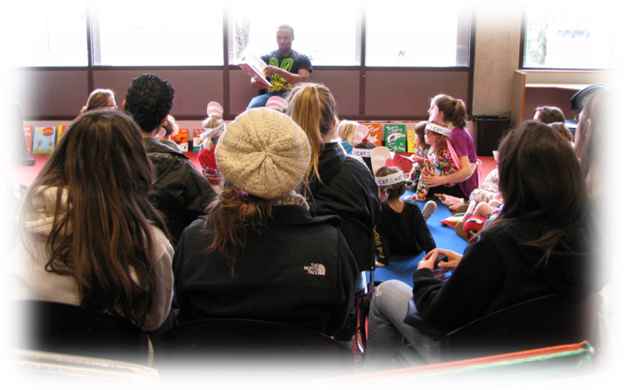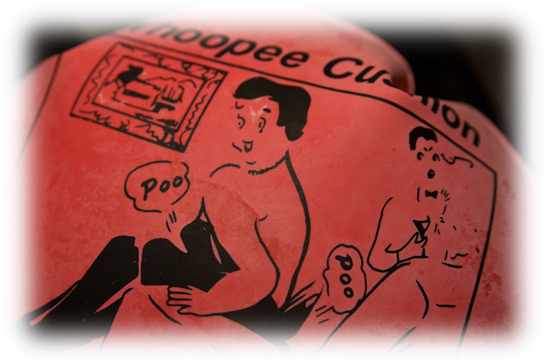Learning the difference between bedtime and sleep time and giving a child some autonomy
Why does a bedtime story have to lead immediately to lights out and the inevitable “but I’m not tiiiirrrred!!!” from your son or daughter?
How many times did I battle with my daughter and how many stories do I hear about other parents struggling to get their kids into bed for their designated bedtime!
Don’t these kids know that we are looking forward to a (small) glass of wine and some adult time?
Why can’t they understand that day after day, when we say “it’s 7 O’clock, bedtime” that we’re trying to give them some consistency!
After all, we are told that consistency and bedtime routine (although I don’t necessarily agree with it all) is crucial to our children’s development!

I’ve written before about bedtime routines and bedtime stories and something that I’ve been having with great success with as far as reducing bedtime frustration and argument is concerned, is removing my idea that bedtime must mean sleep time.
The dawning reality of an easy bedtime routine
I realised some time ago that my daughter’s bedtime is also daddy’s evening-time. I get to sit in peace and read my book or watch a film (or write content about children, stories and parenting for this very website). But my daughter often isn’t tired and from spring though to autumn; it isn’t even dark outside at 7pm.
Looking back on it I’m not sure why it took me so long to work this out, but it dawned on me just to tell my daughter that it was Daddy’s evening time.
Adult time
I told her that she could do what she liked as long as it was in her bedroom and she didn’t disturb us adults.
It was a bit of a gamble, but I like (at least attempting) to treat my daughter as an adult as often as possible, so I explained exactly what I was doing and why.
I explained that I understood that she was probably not that tired and wanted to stay up and play some more. I also explained that I needed some time for me too so that I could do the things I wanted to do.
She said that was fine and I left her to her toys in her room and went off to have dinner.
I had assumed that it wouldn’t work the first time and that, having a new routine and all, she’d be in and out and demanding things of me. I was mostly wrong!
The first night, she stayed awake playing until 9.30 and I had to go in and suggest that it might be time to sleep otherwise she’d be grumpy and tired in the morning and wouldn’t enjoy swimming.
She actually agreed! And went off to sleep pretty quickly.
The next night I could hear her playing at 8.30 but by 9 she was asleep.
Ever since then we’ve had a (mostly) really easy time of it at bedtime! We bath, brush teeth and have 15 minutes of quite time on the sofa before she chooses a couple of books to read in bed.
Once the books are read, she knows that she’s allowed to get back out of bed if she likes and play with her toys as long as it’s not too noisy or disrupting to whatever we’re doing in the living room.
Why does separating sleep time and bedtime work?
One of the best things about this bedtime routine is that, for me, it also ticks several other learning/teaching points :
- I get to give her direction – She is told that it is bedtime and I set the expectation that she’ll go to sleep. I still control the end result but…
- I also get give her control over her own destiny – She can choose when she goes to sleep.
Autonomy and Direction. Two key ingredients in generating motivation and I can’t recommend Daniel H Pink’s book “Drive” enough if you want to learn about how to motivate people (children or adults). It’s aimed at adults and the world of business, but the principles can (and should) be applied to everyone at any age. This book really has changed how I approach the world.
Anyway, I digress (though I couldn’t write an article on Kidmunication without at least 1 reference to a book!).
The end result is that my daughter no makes no fuss when it’s bedtime in my house (although trying to get her willingly brushing her teeth is another matter). We have an agreement.
“Ah yes, but I bet she’s up ‘til late every night!” I hear you say. Well I can assure you that, now that she’s used to it (and it did take a couple of weeks if I’m honest), sometime she really does put her head straight down and other times she’ll play for 10 minutes and then go to sleep and other’s she’ll stay up later. It really depends on how she’s feeling and what she’s been doing in the day.
As far as I’m concerned, I’ve given her an important bit of independence allowing her to choose her own sleep time and I’ve gained a less stressful and argumentative bedtime routine with my daughter!
Win Win.
Give bedtime not sleep time a go
If you want to have a go, here are the bullet points:
- Commit to giving this a proper go – at least two weeks. Remember you child has to learn how this works too, so do expect them to take a couple of weeks to work out how to identify for themselves that it’s time to sleep.
- Explain to your kids that you understand their point of view about bed time. This is surprisingly important and will get “buy-in” from them.
- Explain to your kids what you want and why you’re doing this. You listened to their point of view, they’ll respect yours too.
- Set expectations. No loud games, bouncing beds etc. but quiet playing is ok.
- Keep your normal “bedtime” routine. Bath, teeth, books, bedroom (or whatever works for you).
- Have patience and remember to check on them before you go to bed (they might need the light turning off and covering with the duvet – I haven’t yet had to pick my daughter off the floor where she’s fallen asleep mid-game).
- One tip can be to ask them that when they come and see you, it must be to tell you that they’re ready to sleep. I didn’t need this, but I hear that it can help with some kids.
And remember to come back here and tell me how you get on!









